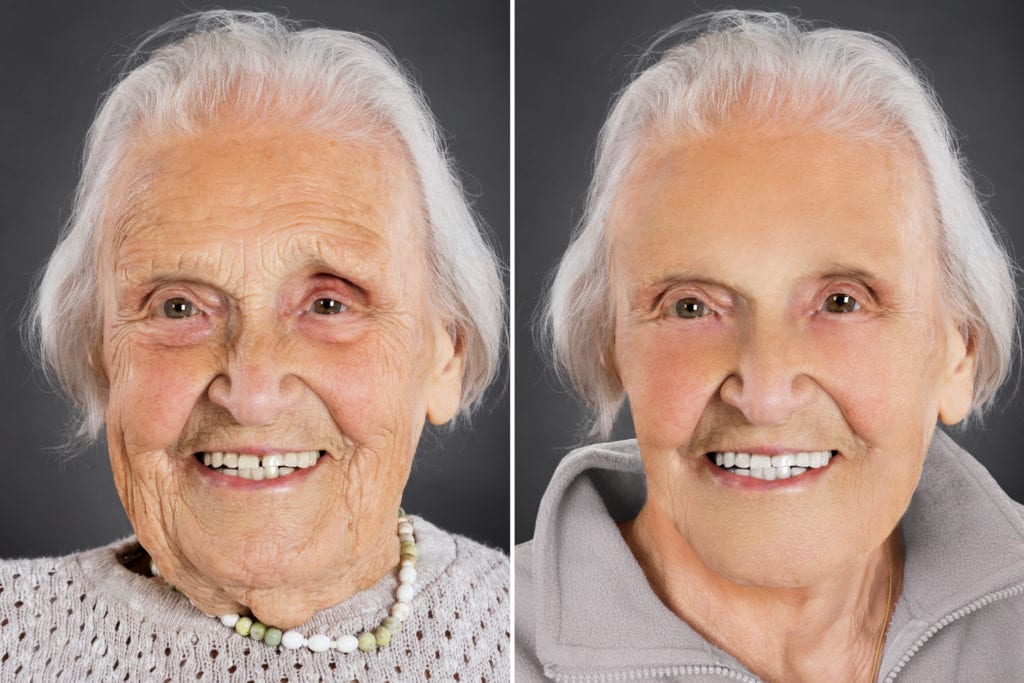Physical Address
304 North Cardinal St.
Dorchester Center, MA 02124
Physical Address
304 North Cardinal St.
Dorchester Center, MA 02124

Are you a senior looking to get rid of sun damaged skin, wrinkles, etc.? Do you desire a more youthful appearance?
You’re not alone! Facelifts can truly be a life changing procedure. And are a very popular option for seniors.
But looking young comes at a cost. And the cost of facelifts for seniors is the #1 question many seniors have.
In this article we’ll take a look at the costs of facelifts. We’ll also look at what factors affect the costs.
Facelifts is usually considered a type of cosmetic surgery. They are often performed to get rid of facial wrinkles and other signs of aging.
The goal is to provide seniors with a more youthful appearance. And one that can give you increased confidence, happiness and just generally make you feel better about yourself!
But facelifts aren’t only done for cosmetic reasons. Some seniors get facelifts to reverse the harmful effects that stress, aging, sun exposure, etc. have on our skin.
Plastic surgery, including facelifts, can cost quite a lot. Here’s a look at the average cost of a facelift.
According to the statistics from the American Society of Plastic Surgeons, the average cost of a facelift was $7,467 in 2019.
Other statistics provide a different (and higher) average cost. A survey of over 7500 patients who got a facelift showed an average cost of $12,150. The range was from $3300 on the low end to $20,500 on the high end.
The price tags mentioned above are only part of the total costs. Other costs to consider are for anesthesia and operating room facilities. Also medications, medical tests, and post-surgery garments costs can also add up.
The surgeon you choose will play a big role in the costs. The fee for a plastic surgeon varies based on his experience and track record of success.
The price for a plastic surgery also varies based on where you live. Some states and cities are cheaper than others.
And, obviously, the type of facelift procedure you get will affect the costs. (We look at some different types of procedures below.)
Unfortunately, most insurance companies don’t cover facelift surgery or its complications.
However, most plastic surgeons offer financing options to help pay for facelifts. So make sure you ask your surgeon about the options available to you.
The cost is not the only factor to consider here. When you’re choosing a surgeon, please choose a board-certified doctor.
A facelift is surgery! You want to be in good hands. So make sure you’re comfortable with your surgeon and her qualifications.
A facelift is a great option for seniors looking to improve their appearance. Most seniors use facelifts, BOTOX treatments, laser skin resurfacing and blepharoplasty or eyelid surgery.
While the end result may not take 20 years off your face, a facelift should make the face look youthful and well-rested.
There are also different types of plastic surgery. Here are the most common ones…
This type of facelift usually offers the most comprehensive results. It can address the deep creases below the eyes, the lines around the mouth, sagging skin around the cheeks, as well as excess fat and skin under the jowls, chin and more.
Traditional Full Facelifts address more dramatic signs of aging. It’s the best facelift options for patients who are in their 50s to 60s.
On the other hand, there are mid facelifts which are suitable for people in their 30s to 40s. It is a good way to rejuvenate your appearance.
Surgeons focus on lifting and tightening the tissues below the eyes and around the cheeks. This helps create more contoured and defined cheekbones. It does not really address the signs of aging though.
Next we have the mini facelift. This involves smaller incisions and a shorter recovery time than the two mentioned above. It is often referred to as the “weekend facelift.”
The mini facelift targets a smaller area. It’s usually treating the jaws, neck and lower cheeks. It’s most common for younger patients who want to lift the muscles, remove fats and eliminate excess skin.
In lower facelifts, the target is the bottom third of the face. It is done to eliminate jowls, lift the sagging corners of the mouth, reduce deep nasolabila folds and enhance the jaw. The procedure gives a more youthful appearance and decreases the signs of aging.
Lastly, we have the thread facelifts which are done quicker than the other types of facelifts. In this procedure, the surgeon will create tiny stitches just below the skin to lift the underlying muscles. It leaves no scars and just creates minor changes to the appearance.
For those who are not looking to spend $7,500+ on a facelift, there are other options out there. One popular option is non-surgical facelifts. This can reduce the signs of aging in a more natural way.